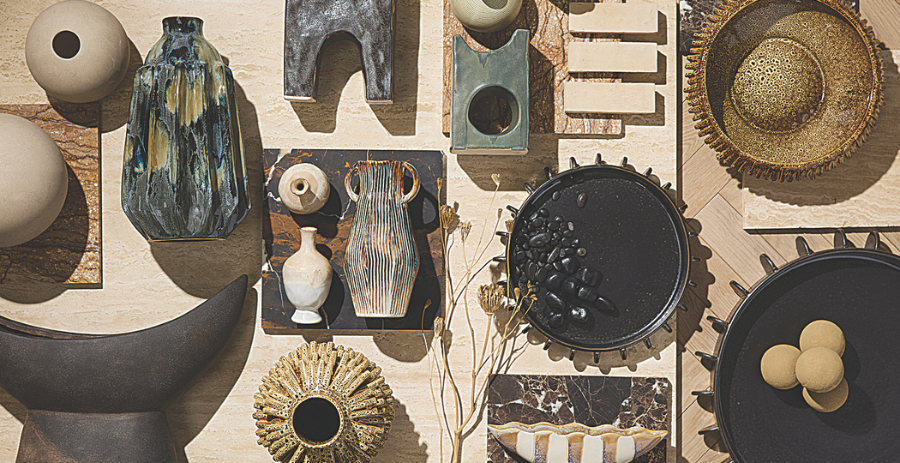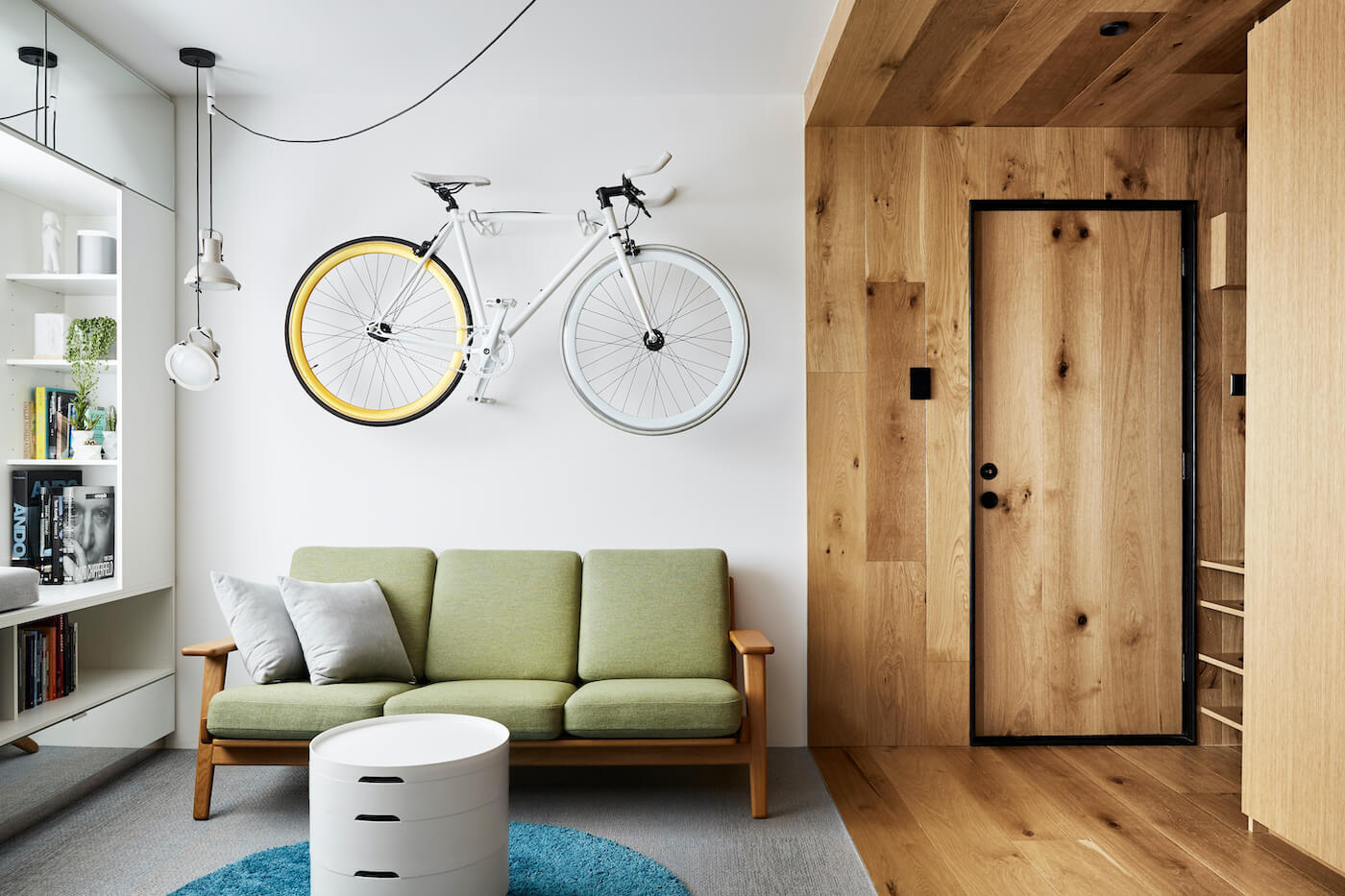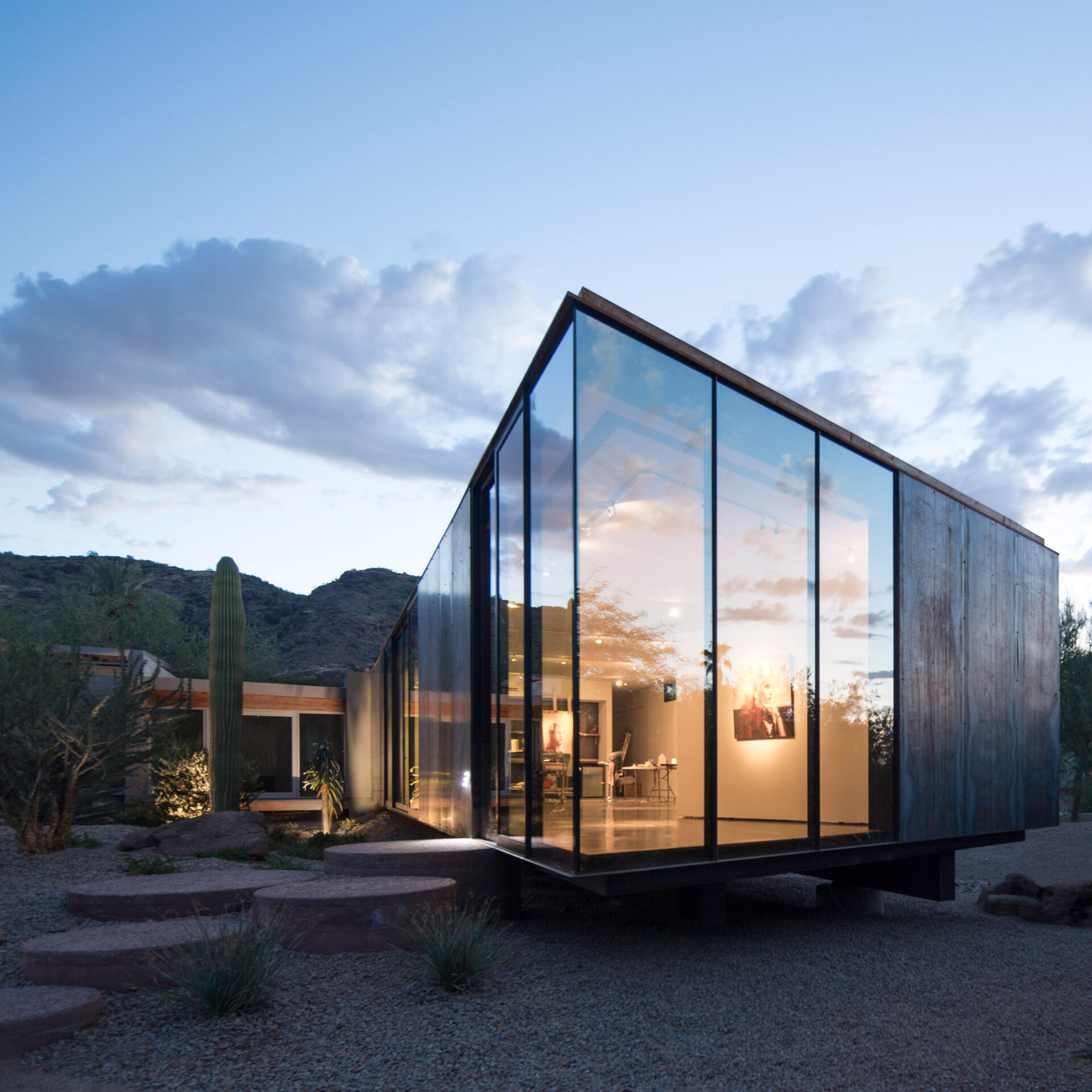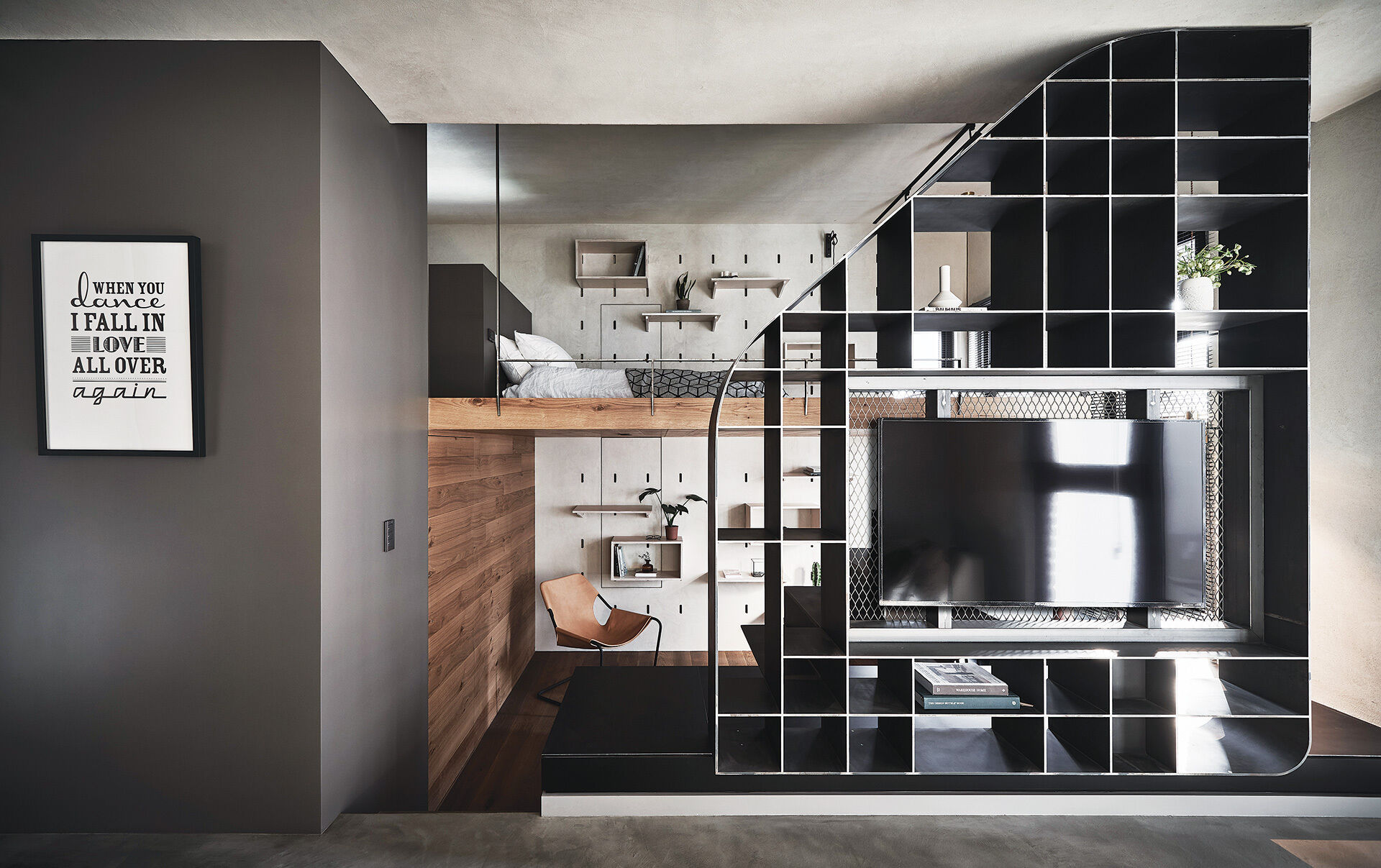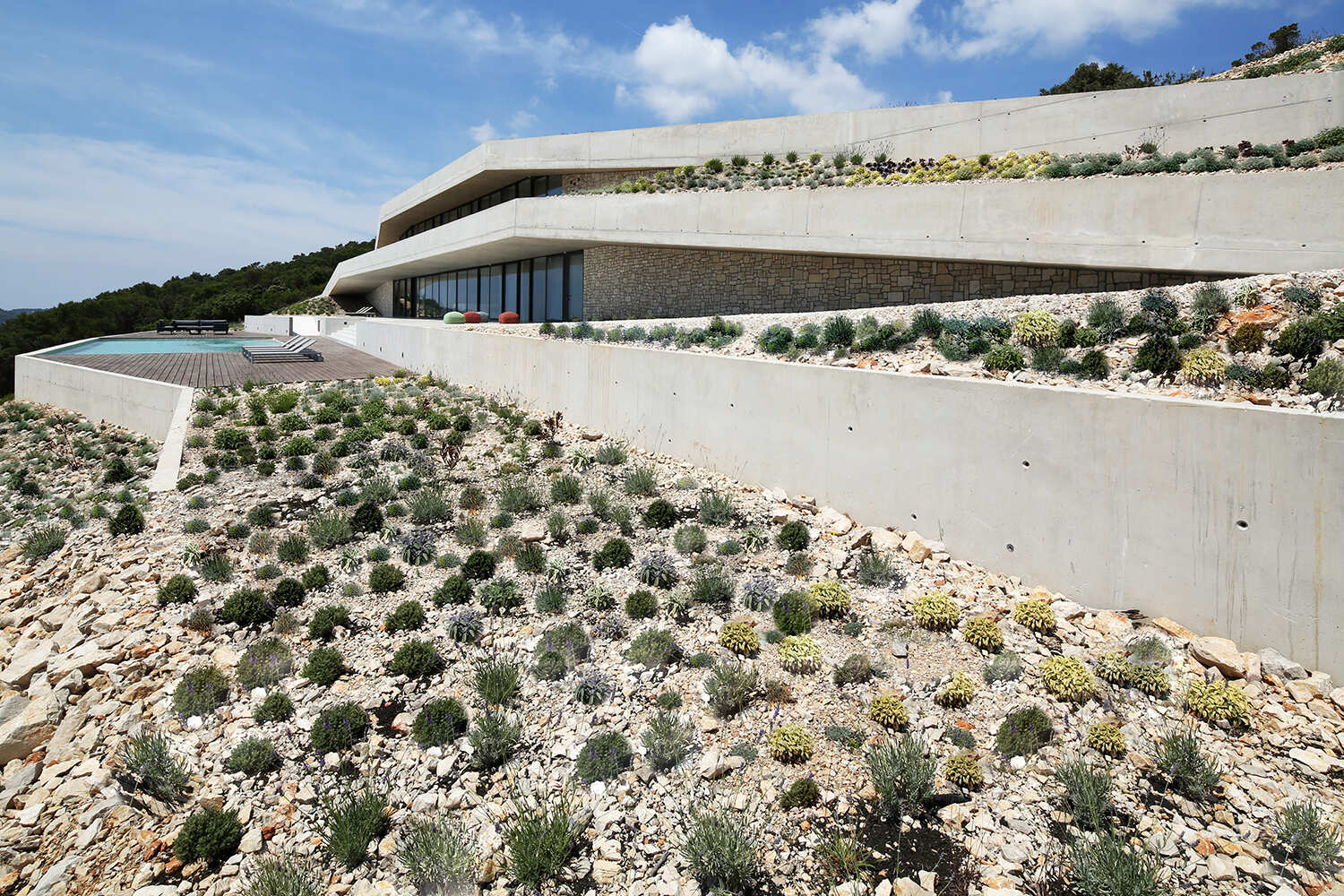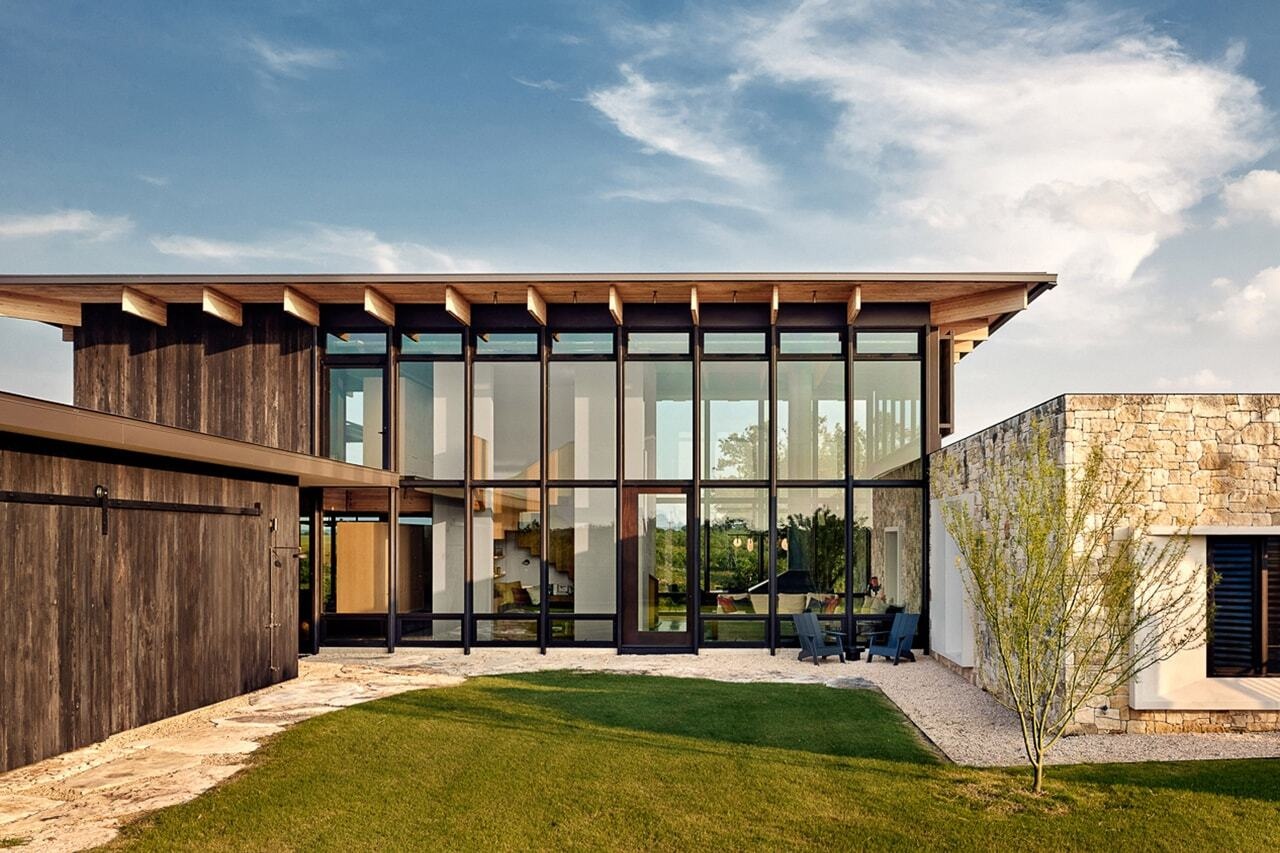Lee Broom designs chandelier-like Beacon installation for London Design Festival
British designer Lee Broom has created his first landmark project for the London Design Festival – a site-specific sculpture on the city's South Bank comprising dozens of pulsing illuminated glass shades.
Beacon is installed at the entrance of the Southbank Centre's Royal Festival Hall and was designed by Broom as a tribute to the site's history and its famous brutalist architecture.

The installation's title references the 1951 Festival of Britain, which was held on the South Bank and was described as a "beacon of change" that aimed to showcase the best postwar arts, science, technology and design.
Broom, who is known for his statement lighting designs, created a monumental chandelier-like sculpture that is informed by the Royal Festival Hall's postmodern architecture and the brutalist materiality of the adjacent Hayward Gallery.

"I've always been hugely inspired by London and its architecture, especially the city's brutalist and modernist buildings, and having lived here most of my life, the Southbank Centre has long been a place of creative resonance for me," the designer explained.
"There were so many architectural and cultural references I wanted to weave into Beacon," he added. "It is a tribute to both the history and the future of this iconic location."

Beacon consists of multiple black lamp posts topped with recycled glass shades. The form recalls the iconic street lamps designed in 1870 by George John Vulliamy, which were installed along the Thames embankments.
"By reimagining the language of street lamps as components of a vast, sculptural chandelier, Beacon acts as a luminous welcome to the Royal Festival Hall, visible across the Thames," Broom told Dezeen.
"The chandelier form carries a sense of drama and spectacle, but also of gathering and illumination," he added.

The sculpture's prominent location ensures it is visible from key locations along the river, including the Embankment and the Waterloo and Golden Jubilee Bridges.
The lighting elements are programmed to display a dynamic light show that coincides with the hourly chimes of Big Ben's clock tower, starting quietly before building to a crescendo.
"Big Ben is one of London's most enduring symbols, and it felt like a beautiful way to tie Beacon into the daily rhythm of the city," Broom explained.
"By synchronising the choreography of light with the chimes of the clock across the river, Beacon becomes part of the fabric of London. It transforms the installation into more than a static object; it becomes a living part of the city, weaving together time, history, and presence."

The installation was developed by Broom in collaboration with Czech glass producer Brokis and sustainability specialist Materials Assemble, who helped with the engineering and fabrication.
Broom told Dezeen that the biggest challenge was designing the sculpture so it could be disassembled and reused in the future. The lighting fixtures are set to be sold as standalone pieces or smaller chandeliers, with a portion of proceeds from their sale going to charity.

The glass elements were made at Brokis' factory in the Czech Republic using fusing technology developed to upcycle discarded glass fragments.
The glass is imprinted with a textured detail that replicates the Baltic pine grain that famously adds a natural touch to the cast-concrete walls of the Hayward Gallery.

The Beacon installation represents the first time Broom has been invited to create one of the London Design Festival's landmark projects, which showcase innovative design, materials and technology.
Broom said the project felt like a full-circle moment, as his first collection was launched during LDF in 2007. He has since created over 100 products that blend craft and materiality in innovative ways, including a chair that pays homage to musical instruments and a lighting collection informed by outer space.
His previous installations include a kaleidoscopic sculpture made from lights and mirrors, as well as a 10-metre-tall Christmas tree built from individual pendant lights.
The photography is by Luke Hayes.
Beacon will be displayed for the duration of the London Design Festival, from 13 to 22 September 2025, and will remain in place for the Southbank Centre's Winter Light festival, running from late October 2025 to early February 2026. See Dezeen Events Guide for an up-to-date list of architecture and design events taking place around the world.
The post Lee Broom designs chandelier-like Beacon installation for London Design Festival appeared first on Dezeen.



















